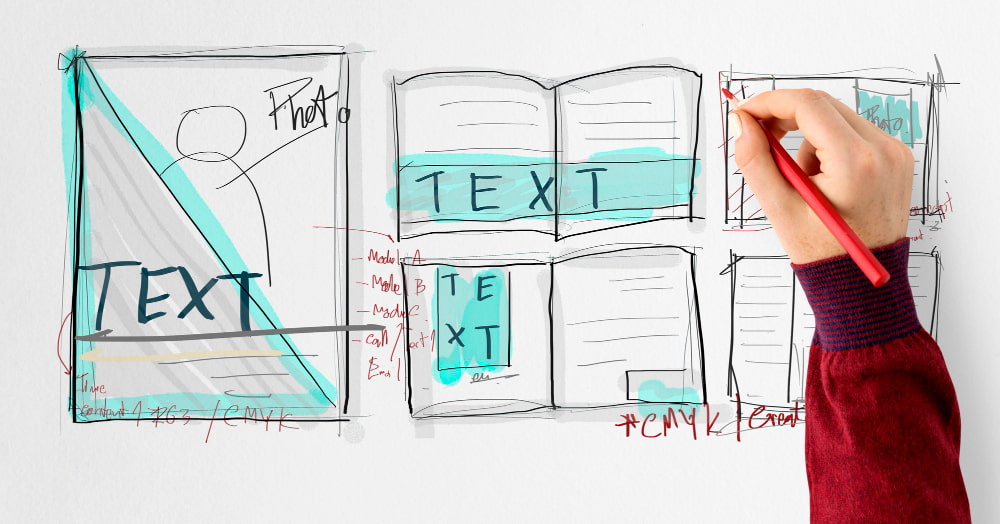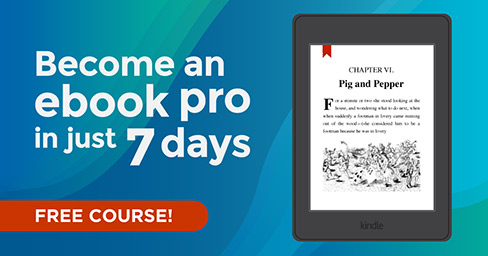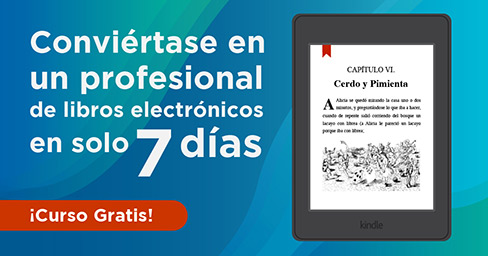Exploring the Front Matter of a Book (With Practical Examples)
Think of the front matter of your book as a space where you can set the stage and create an inviting atmosphere for your readers. From the title page to the acknowledgments, each part has a purpose. So pay attention to these details—it’s like dressing up your book for a grand performance.
Read

















